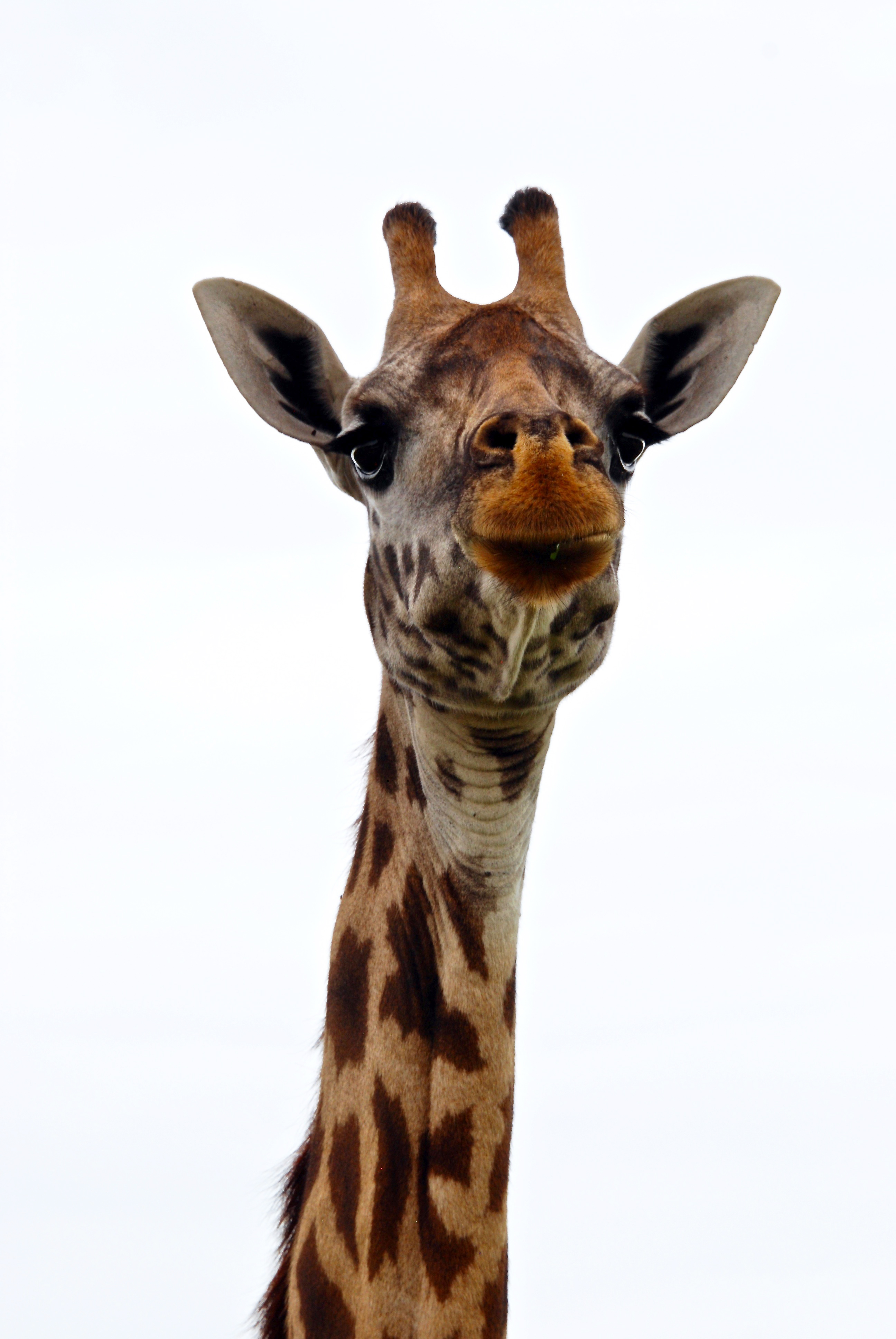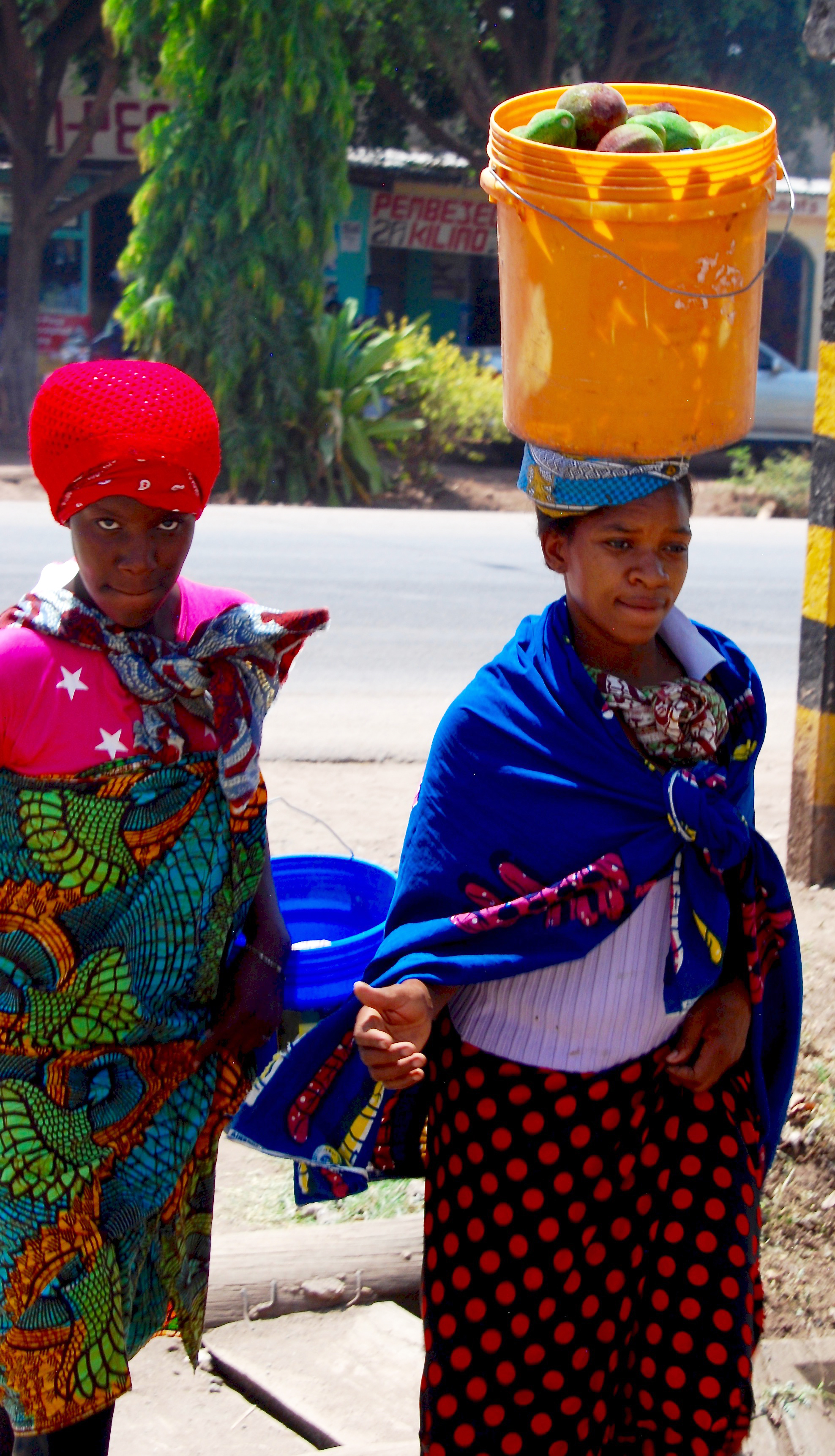ARUSHA, TANZANIA — It was close to sunset in southern Tanzania when the impalas started talking. My husband and I knew we’d come to some place special, but this was unlike anywhere we'd encountered before. It was as though we’d entered a different dimension and were part of an otherworldly exchange. To say it was transformative is an understatement.
I have long loved animals and always wanted to take an African safari with my husband, John, who yearned to see the continent and capture it through his lens. Thus, shortly after our 25th wedding anniversary last August, we decided to mark the occasion with a trip to Africa. We chose Tanzania for several reasons, including our desire to see the great migration during the dates we could travel, mainly the first two weeks in January, 2018. We’d also heard the country had spectacular natural beauty, a wide range of wildlife and incredibly friendly, kind people. So, after months of planning, we flew to Arusha in northern Tanzania, each carrying the 15-kilogram duffle bag we’d been allowed to bring.

Above: Crocs look much more lethal in the wild.
The morning after our arrival, a guide from Maasai Wanderings, Albert, pulled up to our guesthouse in his Jeep and greeted us with a hearty “hello!” We would travel with him for the next several days, basing ourselves at Plantation Lodge, a lovely guesthouse located within easy driving distance of the area’s most scenic parks, including Lake Manyara National Park, where we were headed that afternoon.
Albert, we soon learned, was Maasai, one of the 120-plus tribes in Tanzania, each with its own language, mainly stemming from the Bantu language. However, Albert spoke fluent English and Swahili, Tanzania’s official language after it became an independent republic in 1961.
Among the many things we learned from Albert, including Maasai customs, dress and cuisine, was that banana beer and wine were a local specialty. Eager to taste some, as well as sample local village life, we stopped at a small town on the way to Lake Manyara National Park. The outdoor food market with its dirt paths and crude wooden stalls sold everything from dried beans and hot peppers to homemade brooms and cooking pots.
Stately women in colourful clothes walked about carrying platters of bananas and buckets of mangos on their heads. Men and women sat in front of sewing machines stitching clothing al fresco. Kids in flip-flops ran and biked around the rows of mud huts flashing brilliant white smiles. People looked content, stood tall and embodied a quiet grace.
At a small café, Albert procured a cup of banana beer and bottle of banana wine. Both tasted slightly musty and sour — no doubt, an acquired taste.



Above: Lake Mantra National Park is full of colourful animals and people.
Shortly after pulling into Lake Manyara National Park, we heard a massive, “THUD!” followed by a piercing scream. A baboon had fallen onto one of the metal rods on our Jeep’s roof and tumbled off onto the dirt road.
“He probably broke his shoulder,” said Albert, as we watched the poor, dazed creature wander into the scrub whimpering in pain. “Baboons are strong. He’ll heal in a few weeks and be fine.”
This jarring moment soon gave way to baby elephants nibbling leaves with their parents, shy gazelles peeking out from the brush and thousands of pink flamingos basking on the shore of Lake Manyara. The vastness of the landscape and the sheer number of creatures we encountered left us humbled.
For most travellers to Tanzania, the Ngorongoro Crater tops the list of must-see places and for good reason. The Crater, which began as a volcano as high as Mount Kilimanjaro, collapsed approximately 2.5 million years ago, eventually becoming a densely forested, 164-sq-km caldera teeming with wildlife.
The next morning, Albert hair-pinned the Jeep down to the crater’s volcanic floor, where huge, twisted fallen trees lay among live ones and thickets of bushes and scrub concealed elephants, zebra and roan antelope. Upon reaching the caldera’s grassy plains, we saw lions, wildebeest and flocks of exotic birds. Families of hippos napped together in waterholes and warthogs and water buffalo cooled themselves with mud. We searched all day for one of the park’s four black rhinoceros, but, sadly saw none. According to the African Wildlife Foundation, the number of Black Rhino in Africa is down 98 per cent since 1960, due to poaching.

Above: A group of hippos cool off in a muddy stream in the Serengeti.
Upon leaving the Ngorongoro Crater, we flew to the southern Serengeti, where Paul, a tall, thin, quiet Maasai would be our guide during our time at Serengeti Safari Camp. Guests at this tented mobile camp stay in huge, zipper-fronted tents equipped with queen beds, wash basins, eco-flush toilets and bucket-style hot showers (a bag of hot water is hoisted up, one pulls the cord and the hot water streams out for about 5 minutes). It was the perfect blend of rustic comfort.
Since it was the rainy season, the animals were on the prowl for water and food, especially the wildebeests. Beginning each December near the Ngorongoro region, approximately 1.2 million wildebeest trek south to the Serengeti to feed and bear offspring. In May, they attempt to cross the Grumeti River, eventually finding refuge in the Maasai Mara National Reserve in lower Kenya. The zebra follow suit, along with hundreds of thousands of other creatures.
As we bounced down gravely paths past gnarly, dead trees and across the seemingly endless flat, grasslands punctuated with canopied acacia trees, it quickly became apparent that life on the Serengeti was a game of survival with every creature constantly watching its back, even when eating. When some lions had taken their fill of a slain wildebeest, in came the jackals. Once the jackals left, the vultures arrived, and so on. Nothing is wasted either, including excrement, said Paul, pointing to a male dung beetle rolling a ball of dung, upon which the female rode. “She will lay eggs in the dung and the babies will eat their way out, since the dung contains lots of nutrients,” he told us.
We saw lions mating, female zebras, gazelles and giraffes with their babies, adult lions and cheetahs with battle scars, and bones bleached by the sun. The circle of life wound itself around us.

Above: There's nothing more graceful than the cats that patrol the parks.
After the Serengeti, we flew south to the largest national park in the country, Ruaha National Park, a less-explored part of Tanzania and home to leopards, sable, elands and bat eared foxes. Our guide, Festo, met us at the airport and as he drove us toward our lodge, multiple rainbows curved down from the cobalt-blue sky dotted with snow-white clouds. A light rain fell across the reddish dirt road flanked by emerald-green grass and when the sun burst forth, it rendered the landscape so vivid, it seemed almost enhanced in Photoshop.
Because the Great Ruaha River had all but dried up, many of the animals in Ruaha National Park were in the hills. Nevertheless, we spotted several leopards, elephants, impalas, giraffes and zebras, along with curly-horned kudu and exotic birds, like the southern ground hornbill, black with a red beak a weighing up to eight pounds. We also encountered numerous bugs, including one that resembled giant flying cockroaches, which dive-bombed everyone at dinner one night during our stay at Ikuka Safari Lodge high.
“They like beer and wine,” said Mark, the lodge’s owner, snickering. Ergo, the pile of white doilies he’d provided to cover our glasses of wine.
Our final destination was the Selous Game Reserve, where my husband and I were the only guests for three days at Sand Rivers Camp. The Selous is considered one of Tanzania’s wilder areas with the Rufiji River and its lakes serving as its lifeblood. Named after the English explorer, hunter and conservationist, Sir Frederick Selous, who spent much time in southern Africa, the Selous Game Reserve has woodlands, riverine forests, open grasslands and swamps harbouring a dense and diverse variety of wildlife.
We explored the Rufiji River one day by boat with our guide Hamadi, who steered the metal outboard past groups of hippos and crocodiles. We saw Galago, or bush babies, and families of yellow baboons, appearing uncannily human as they cradled their babies, groomed one another, and scampered over the rocks along the banks of the river.
Then, came the afternoon of the talking impalas. We had just come to a clearing in a forested area of the reserve, where a male impala stood with his harem. We stopped the Jeep to take pictures and that’s when I heard a high-pitched “hello.”


Above: Impalas seem to say 'hello' to visitors and zebras ignore the strangers.
I said, “hello” back.
Another impala said “hello.”
I said, “hello,” again and then multiple impala repeated the greeting. The creatures began to gravitate toward the Jeep and face us.
Within 15 minutes, the male and his entire harem were facing us and saying, “hello.” Our guide, Hamadi, was dumb-struck.
“I have been guiding for 30 years,” he said, shaking his head, “and I have never heard these animals speak.” The moment was surreal. Magical. No one wanted to leave.
How to explain such a phenomenon? I have no words. But what I can say is that Tanzania is a unique and special place where one can both commune with nature and the animals in a deeply profound way.
My husband and I felt privileged to be guests in this home to so many creatures — mating, birthing, surviving and dying.
The land was shockingly beautiful. The locals memorably warm and welcoming.
We’d said hello and now it was time to say goodbye. •